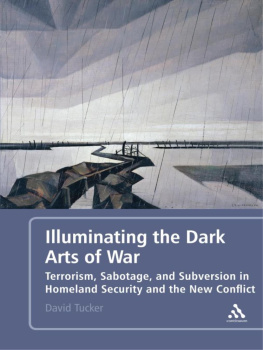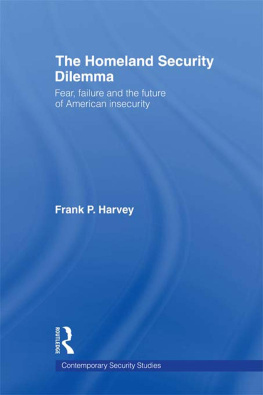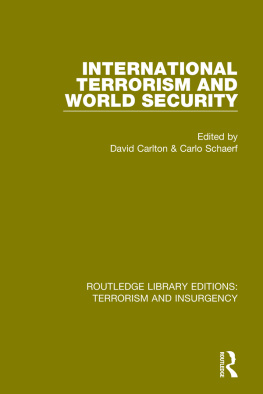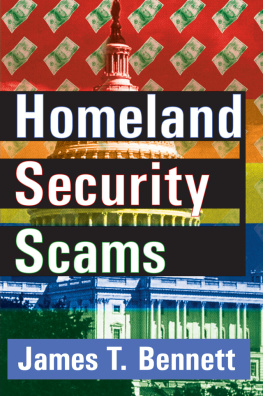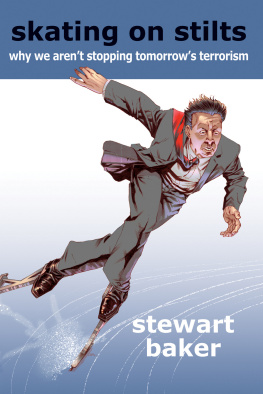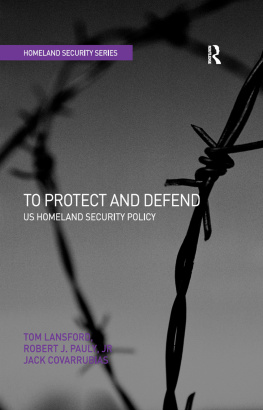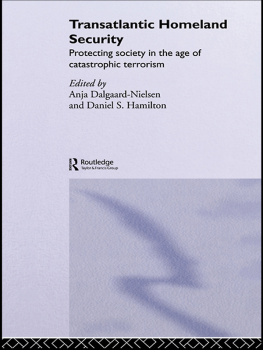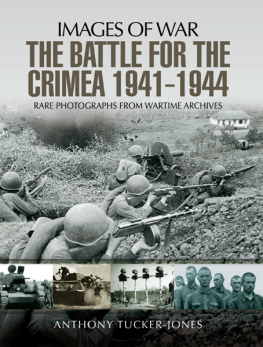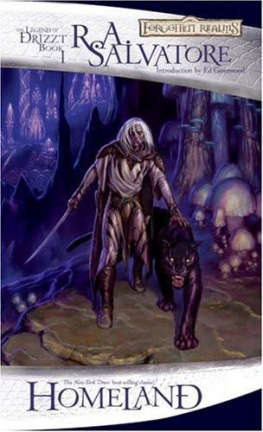2012
Continuum International Publishing Group
80 Maiden Lane, Suite 704, New York, NY 10038
The Tower Building, 11 York Road, London SE1 7NX
www.continuumbooks.com
David Tucker, 2012
All rights reserved. No part of this book may be reproduced, stored in a retrieval system, or transmitted, in any form or by any means, electronic, mechanical, photocopying, recording, or otherwise, without the permission of the publishers.
ISBN: 978-1-4411-7742-1
Library of Congress Cataloging-in-Publication Data
A catalog record for this title is available from the Library of Congress.
Introduction
What is one to think of a religious minority that practices a religion hardly known to most Americans, yet is despised by some; a group that celebrates their faith in an odd language; some of whose women veil and seclude themselves; a religion that often seeks to establish its own schools and some of whose leaders encourage its members to remain separate from the larger society; a religious minority whose members maintain suspicious links with various foreign lands and organizations and whose clerical function is frequently carried out by foreigners, often ignorant of American customs and habits; a minority that has been subject to harassment, violence, and discrimination; and, finally, a religious group some of whose members, both recent immigrants and homegrown, have become radicalized and are willing to use violence, and have engaged in acts of terrorism on American soil and supported terrorism in other parts of the world? What is one to think, that is, of American Catholics in the nineteenth century, especially the Irish version thereof and, in this case, not just in the nineteenth century?
In the pages that follow, we will have occasion to reflect on the violent passage of Catholics from suspect minority to valued fellow citizens. The point to note here is that recalling Americas violent past can help us understand contemporary violence and the religious minorities and other groups associated with it. The point of such recollection is not to repeat the now banal claim that America has a violent history. It is rather to understand this violence, why and how it occurs, what threat it poses, and what its consequences are. Since the first step toward understanding is gaining some perspective, consideration for what they might teach us about violence and its causes and consequences in American life.
Offering historical perspective is necessary but not sufficient. Above all, this book aims to analyze what our historical and contemporary experience reveals. It does not claim that the threats it considersterrorism, sabotage, and subversionare the only threats to homeland security or that they are more important than the threats it does not consider, such as natural disasters, ruinous budgetary policies, cultural squalor, failing schools, or any number of other threats to a secure and decent political life. Indeed, in terms of sheer destruction, natural disasters have done more harm to the United States than the dark arts discussed here. The book focuses on these threats because they are one kind of threat to the United States. One characteristic they share, which distinguishes them from natural disasters, is that they result from an intention to harm. Since they do, our actions can change and shape that intention. This is not true of natural disasters. We may eventually do something about the weather, but it will not be because we have changed its intentions. In order to understand how to respond to intentional harm, however, we must first understand that intention.
The book does not consider all violence. It focuses on political violence, intentional violence claimed to serve not the self-interest of those who carry it out but the good of all. It is not concerned with random acts of meanness, opportunistic street crime, or organized crime. Its concern is not violence carried out only to express hatred for a member of a race or religious group, what we now call hate crimes. Its concern is with violence carried out for some political reason. Clearly no iron curtain seParates these different kinds of violence. An act may have several purposes. A Ku Klux Klan attack on a black person may have expressed hatred but it also may have been calculated to intimidate the victim and other blacks from voting. Burning a Catholic convent may have been an expression of hatred for an alien religion but it may also have been intended to intimidate Catholics from pressing to have their Bible used in public schools. However complex the motivation that leads to violence, the concern here is with violence, or that aspect of violence, that has a political purpose. The ultimate defense of this focus is the argument, made in , that the political character of violence has important consequences for both those who carry it out and those who suffer it.
Within the category of political violence, the book distinguishes between terrorism and sabotage. The difference between the two is the difference between will and ability. Terrorism is violence carried out to affect the willingness of people to persist in a given course of action. Animal rights terrorists, for example, fire bomb the house of an animal researcher in the hope of intimidating her to give up her research. Sabotage is violence carried out to ) for making the distinction between sabotage and terrorism is that it helps us to understand and deal with the different threats we face.
The book is not limited to the discussion of political violence. Throughout American history, various groups have fallen under suspicion of subverting the American regime. Catholics, Mormons, Masons, socialists, communists, and others have faced these charges. Subversion was a major issue in American politics 60 years ago and has returned as a less salient issue today, in the concern that some Muslims and Christians also want to subvert the American regime. Discussing this issue () raises inevitably the question of what constitutes legitimate government and whether in a democracy, in which citizens may express any opinion they care to and work for any kind of political outcome they prefer, subversion can actually be said to occur.
Although distinct, terrorism, sabotage, and subversion should be considered together because historically they have been linked. Efforts to overthrow or threaten an established government typically combine all three. This was the practice of LeninistMaoist governments and movements in the twentieth century, for example. Beyond historical precedent, these activities belong together because they are all carried out clandestinely. Obviously, when the terrorist or sabotage bombing occurs, it is not clandestine. But the group doing it is. It must hide. Subversion differs from regular political activity not only because it hopes to change that activity in some fundamental way but also because it is hidden. Paying attention to the clandestine character of the individuals and organizations engaged in terrorism, sabotage, and subversion is important for two reasons. First, clandestinity affects the individuals and organizations that use it. As we will see in for example, aim to destroy the capability of a nation to wage war. Sabotage, unlike bombing, however, is clandestine. Saboteurs do not approach their target wearing the uniforms and insignia of a foreign army. Similarly, terrorists do not wear uniforms; they do not engage in open warfare and attack combatants. Terrorists, like saboteurs and those engaged in subversion, act secretly and, most important, and unlike regular military forces, without any visible indication that they are agents of a state, even when they are.


